Lions, often dubbed the “Kings of the Jungle,” are fascinating creatures within the animal kingdom. Among the most defining traits of lions is their social behavior, which starkly contrasts with the generally solitary nature of other big cats. This article delves into whether lions are indeed more social than their feline counterparts, exploring various aspects of this unique behavior.
The Social Structure of Lions
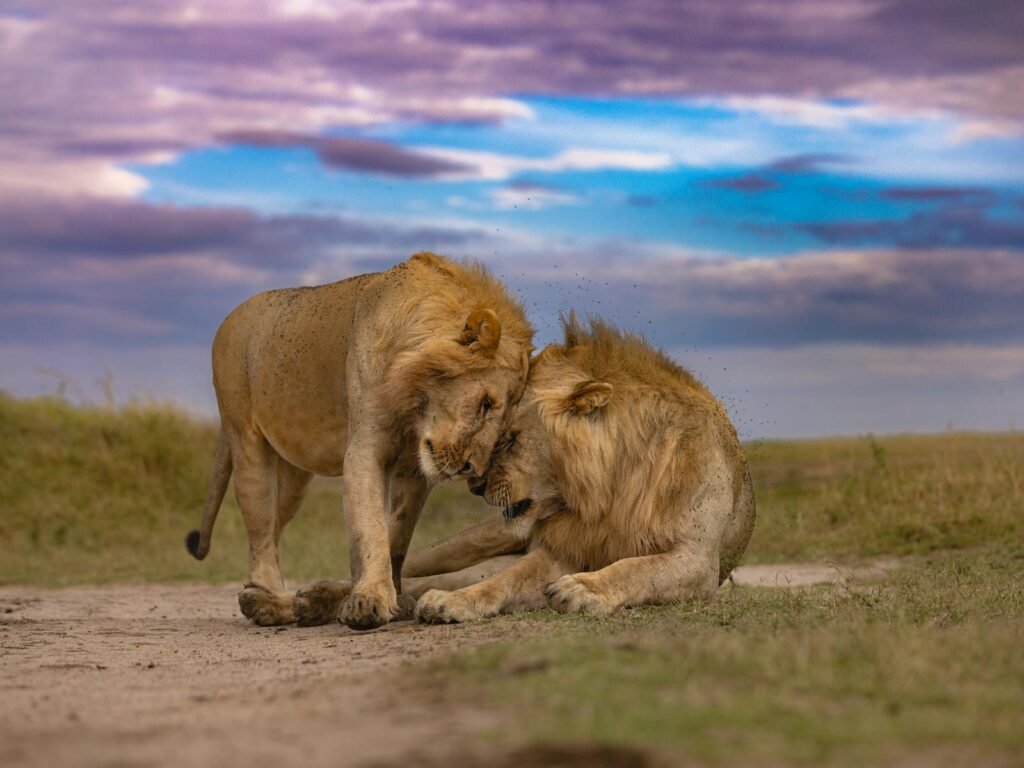
Lions are distinguished by their ability to live in structured social groups called prides. A pride typically consists of 10 to 15 lions, including females, cubs, and a few males. This social setup is rare among big cats, who usually prefer solitary lives. The pride structure provides benefits such as enhanced hunting success, protection from rival predators, and assistance in rearing young.
Comparing to Smaller Groups of Other Big Cats
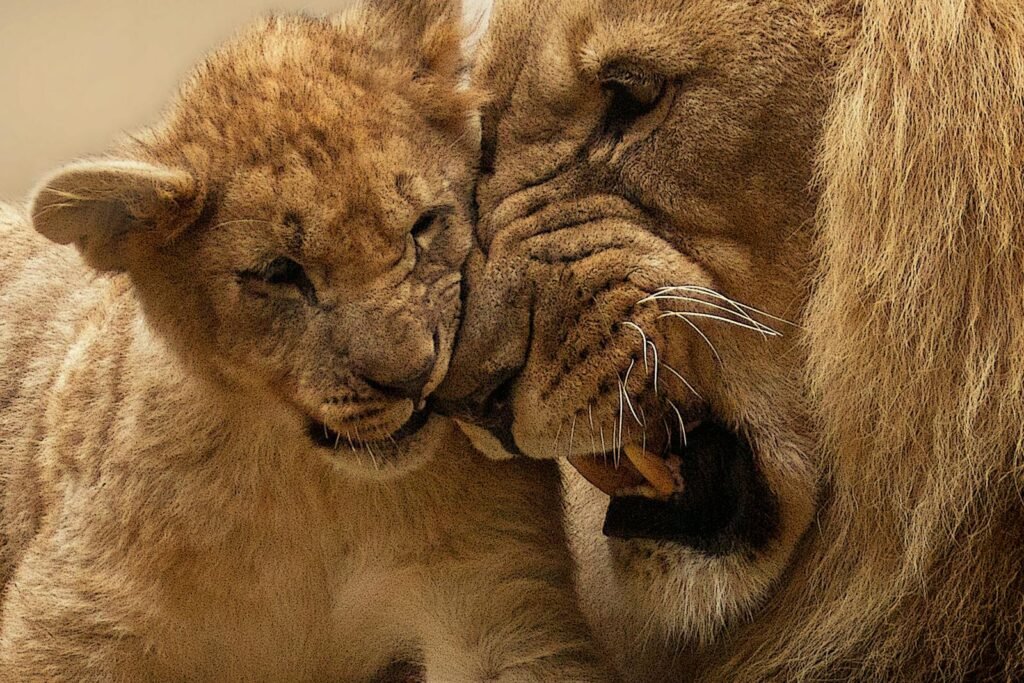
Unlike lions, other big cats like tigers, leopards, and jaguars are primarily solitary creatures. They only tend to seek interactions during mating or when a mother is raising her cubs. This solitary lifestyle reduces competition for food and mates and allows them to cover vast territories to find resources.
Benefits of a Group Life
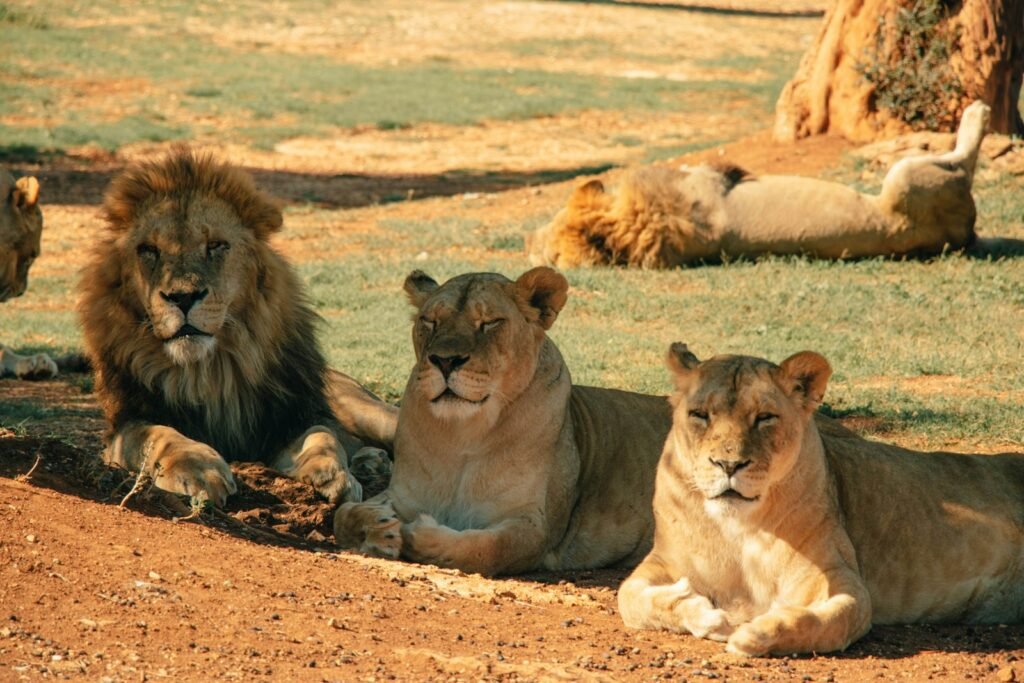
Living in a pride offers several advantages. The most notable is cooperative hunting. By working together, lions can take down larger prey than they could manage alone, ensuring a more consistent food supply. Moreover, living in a group provides robust protection against predators and rival lion prides.
Social Communication Among Lions
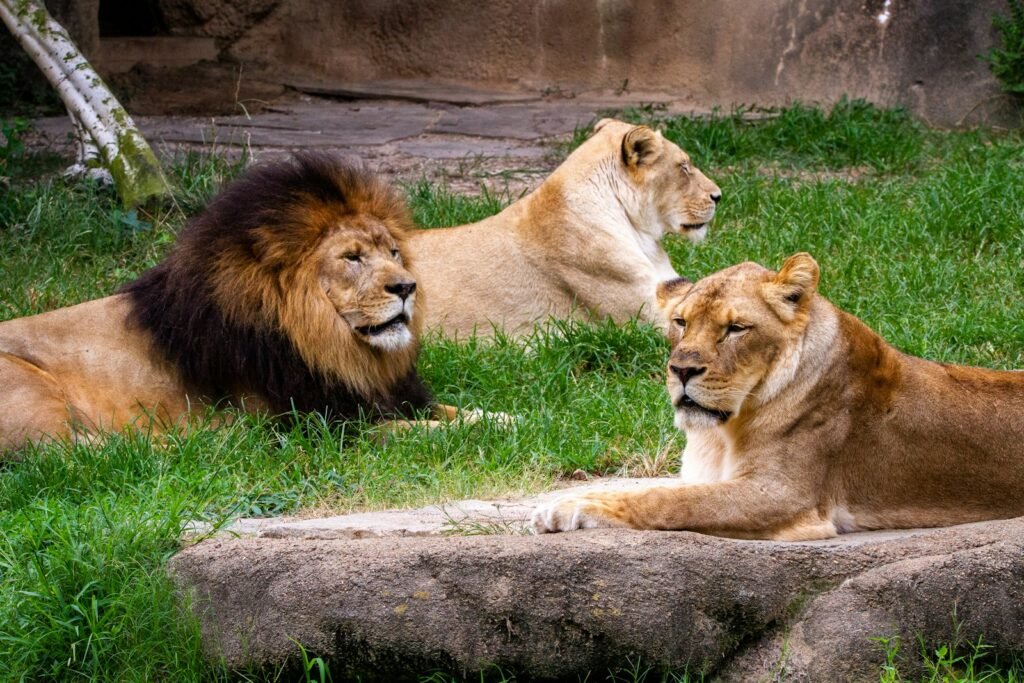
Lions communicate using various vocalizations, facial expressions, and physical gestures, strengthening social bonds and coordinating actions during hunts. Roaring is one of their most recognizable calls, serving both to communicate with pride members and as a territorial signal to outsiders.
Role Differentiation in Prides
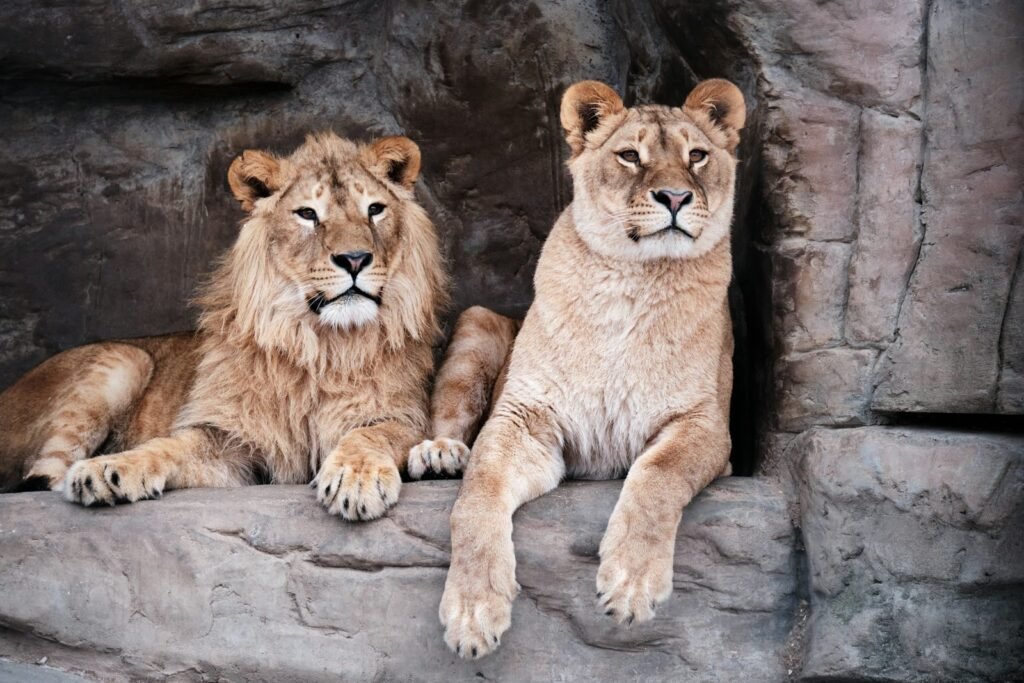
In a lion pride, each member has specific roles. Female lions, or lionesses, are the primary hunters and caregivers of the cubs. Males, apart from sporadic hunting, primarily defend the pride against rivals or threats, maintaining pride territory. This role differentiation maximizes the efficiency and survival of the pride.
Competition Within the Pride
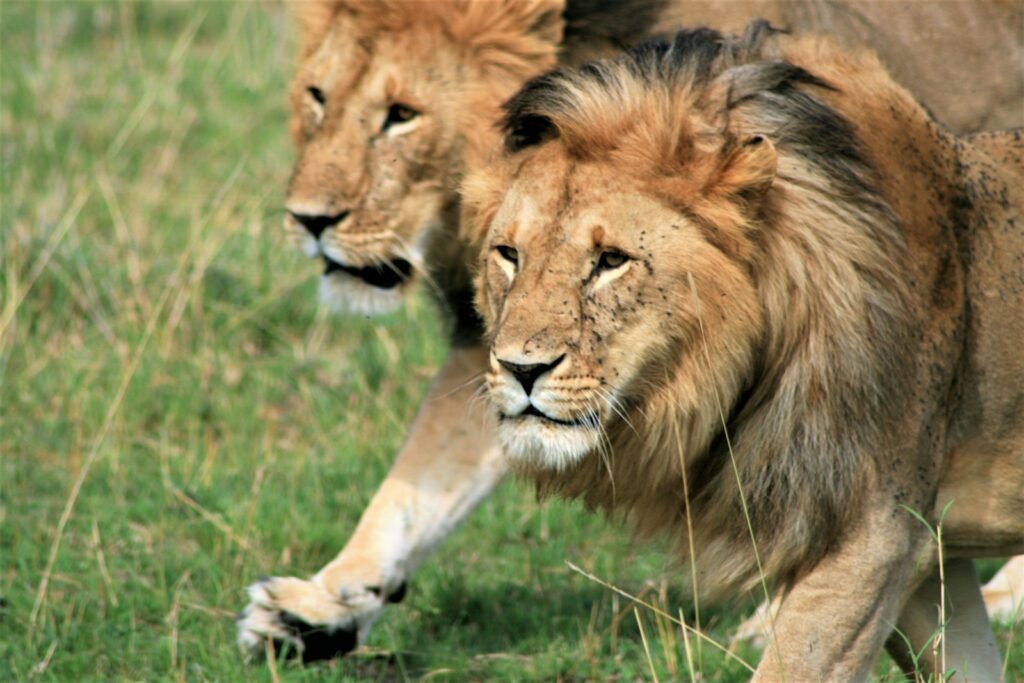
While prides are cooperative units, there is competition, especially among males, both for mating rights and hierarchy. Infighting can occur if resources are scarce or if a new male seeks to take over the pride. However, such conflicts are balanced by the benefits of group living.
Social Behavior in Solitary Big Cats
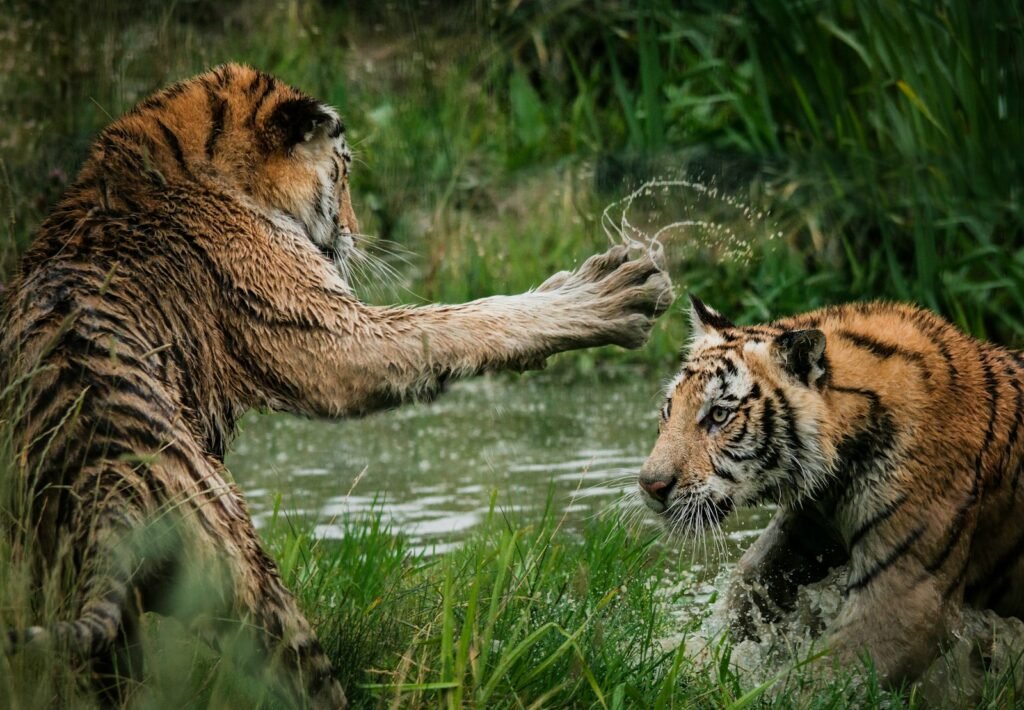
In contrast, solitary big cats have occasional social behaviors. Some, like tigers, have been observed to share kills with mates or offspring but do not typically form enduring social groups. Their territories can sometimes overlap, but interactions are minimal and often centered around mating.
The Role of Environment in Social Structures
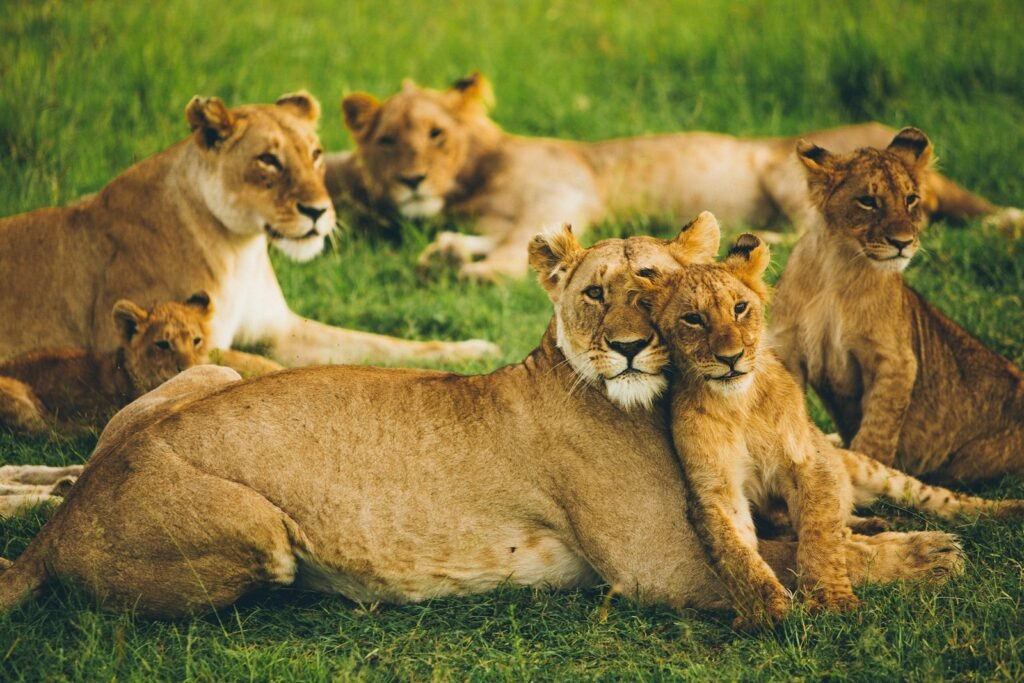
The social behaviors of big cats have evolved in response to their environments. The open savannas of Africa, where lions live, favor group living due to the visibility and abundance of prey. Conversely, dense forests or jungles, home to many solitary big cats, offer less visibility, promoting a stealthy, solitary lifestyle with scarce resources.
Conservation Implications
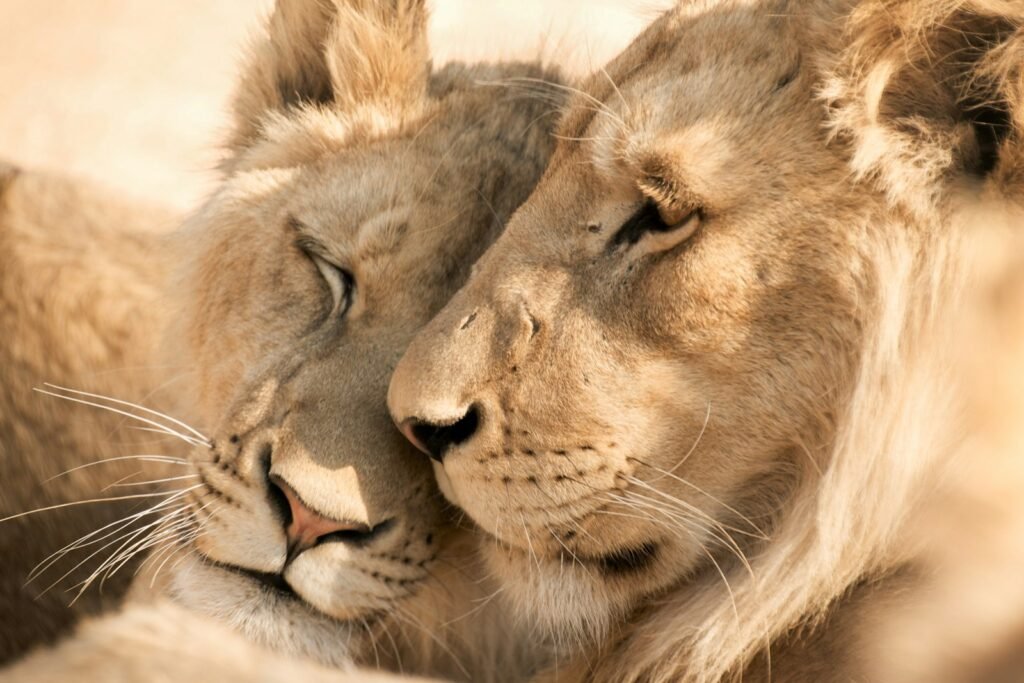
Understanding social behavior is crucial for conservation efforts. For lions, protecting prides can have a significant impact on their population. Conversely, conserving habitat corridors is essential for solitary big cats to maintain viable territories. Both strategies must consider the innate social systems of these magnificent creatures.
Conclusion
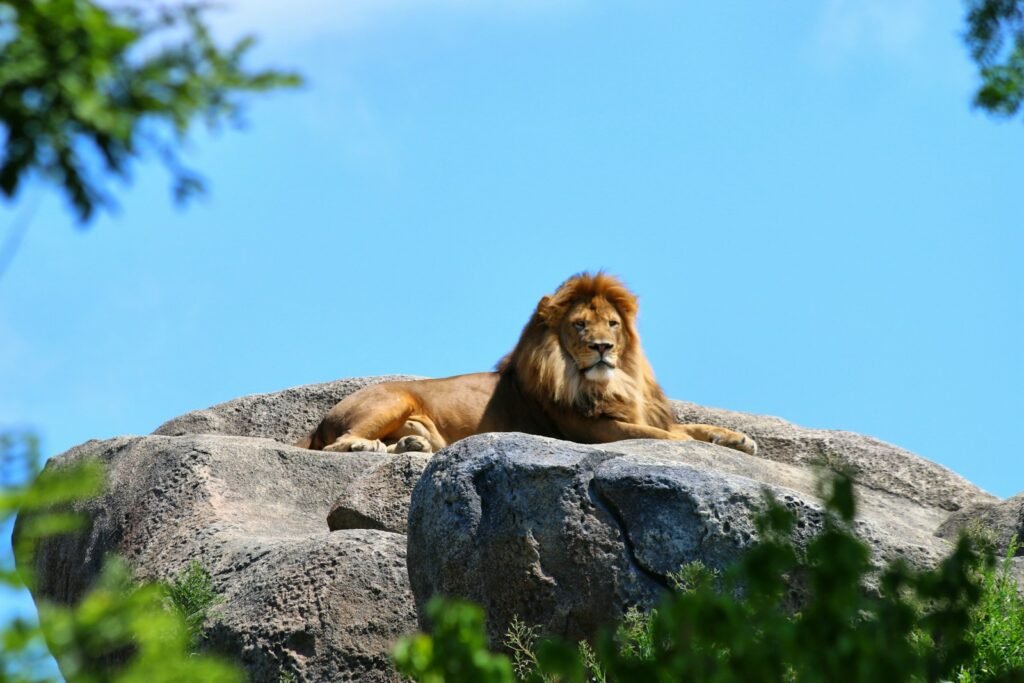
In conclusion, lions are indeed more social than other big cats, a distinction driven by their evolutionary adaptations to their environment. This social structure not only defines their behavior but significantly impacts their survival and conservation. By appreciating these differences, we can better protect these iconic species and their habitats for future generations.

Growing up traveling and experiencing new cultures and wonders, I have had a passion for nature, adventuring, photography, and videography. I am currently working towards a BSc in Biodiversity and Ecology at Stellenbosch University, and I hope to specialise in Marine Sciences one day.
Please send any feedback to Feedback@animalsaroundtheglobe.com






